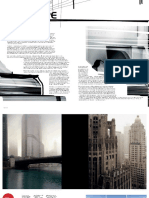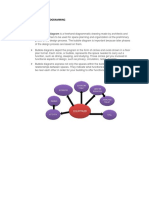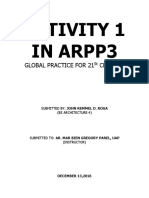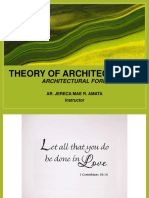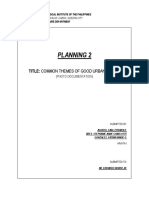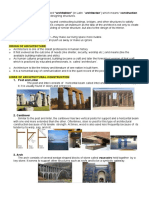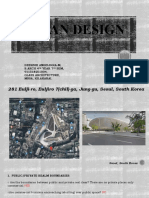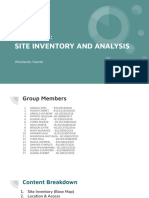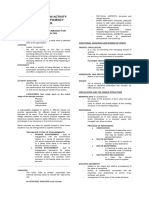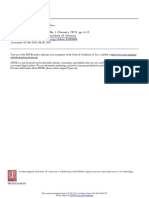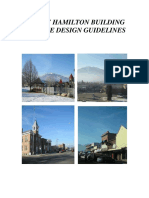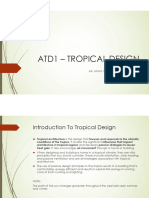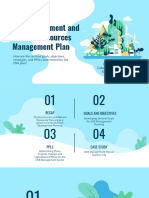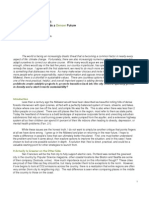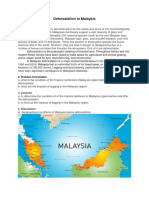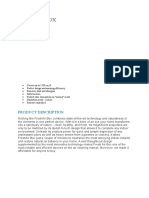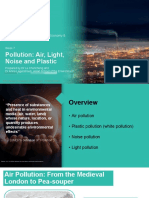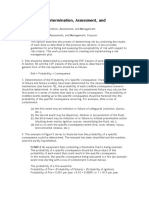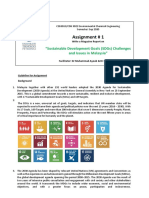0% found this document useful (0 votes)
235 views19 pagesFred Kent
Fred Kent is an urban planner and founder of Project for Public Spaces. He believes in the power of public spaces and that placemaking requires integrating diverse opinions to shape public spaces. His work focuses on transforming streets, squares, parks, and other public areas from spaces dominated by cars and traffic to people-centered places that foster community. He uses methods like observing how people use spaces and piloting low-cost, temporary options to revitalize areas like Bryant Park in New York City from a crime-ridden park to a vibrant public space and Times Square from an uninviting traffic intersection to an active pedestrian destination.
Uploaded by
Sariya AhCopyright
© © All Rights Reserved
We take content rights seriously. If you suspect this is your content, claim it here.
Available Formats
Download as PPTX, PDF, TXT or read online on Scribd
0% found this document useful (0 votes)
235 views19 pagesFred Kent
Fred Kent is an urban planner and founder of Project for Public Spaces. He believes in the power of public spaces and that placemaking requires integrating diverse opinions to shape public spaces. His work focuses on transforming streets, squares, parks, and other public areas from spaces dominated by cars and traffic to people-centered places that foster community. He uses methods like observing how people use spaces and piloting low-cost, temporary options to revitalize areas like Bryant Park in New York City from a crime-ridden park to a vibrant public space and Times Square from an uninviting traffic intersection to an active pedestrian destination.
Uploaded by
Sariya AhCopyright
© © All Rights Reserved
We take content rights seriously. If you suspect this is your content, claim it here.
Available Formats
Download as PPTX, PDF, TXT or read online on Scribd
/ 19







